European technology leaders Nokia, Ericsson, and Fraunhofer Heinrich Hertz Institute (HHI) have joined forces to advance the next generation of video coding standardization for the 6G era. Their joint proof-of-concept demonstrates significantly higher compression efficiency compared to current standards (H.264/AVC, H.265/HEVC, H.266/VVC) without adding complexity, while improving energy efficiency and scalability.
The collaboration’s research submission was positively evaluated by the ITU-T Video Coding Experts Group and the ISO/IEC Moving Picture Experts Group (MPEG)marking a key milestone toward defining future video codec standards. These advancements will support immersive media, low-latency streaming, and scalable video experiences across mobile, AI, and industrial applications.
Nokia, with its long-standing legacy in developing global video codecs, emphasized the partnership’s focus on openness, excellence, and sustainability. Ericsson highlighted the collaboration as a showcase of European leadership in 6G innovation, while Fraunhofer HHI underlined the importance of joint research in strengthening Europe’s position in global standardization.
Expected to become operational between 2029 and 2030, the next-generation video codec will redefine the digital media landscape, enabling high-performance, energy-efficient, and immersive video experiences for the next decade.








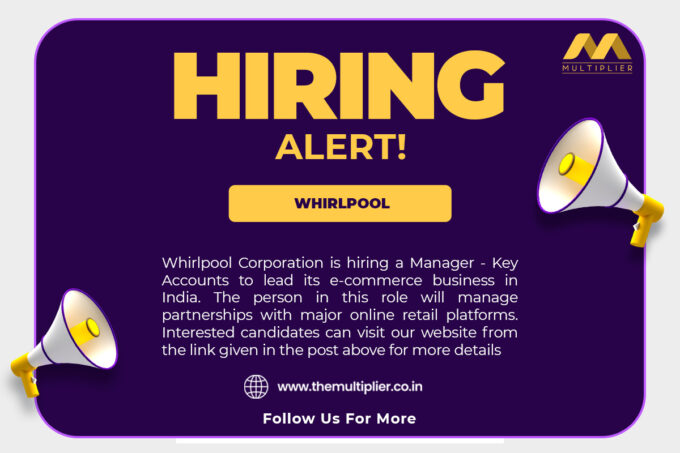

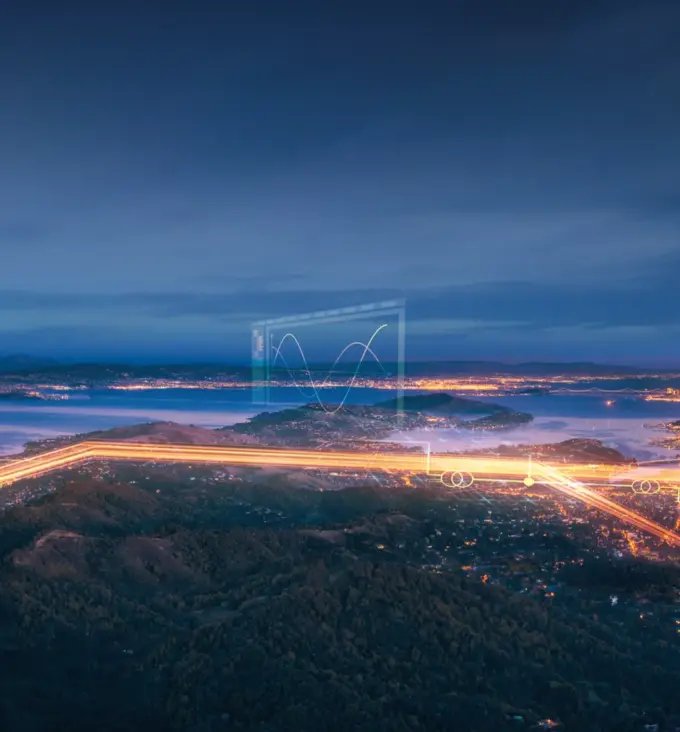
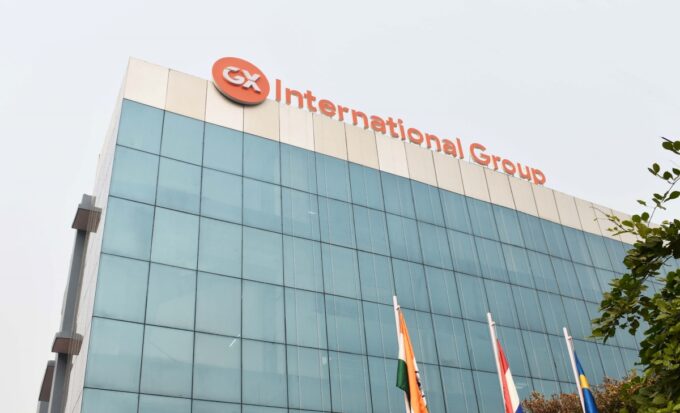

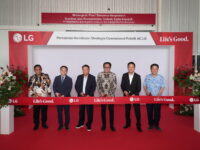
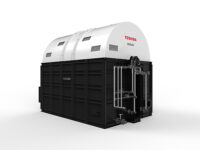

Leave a comment